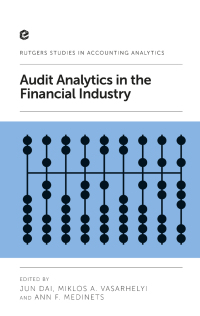Answered step by step
Verified Expert Solution
Question
1 Approved Answer
6. During Year 10, Par declared and paid dividends of $2,600,000, while Sub declared and paid dividends of $800,000. 7. Par accounts for its investment

6. During Year 10, Par declared and paid dividends of $2,600,000, while Sub declared and paid dividends of $800,000.
7. Par accounts for its investment in Sub using the cost method.
8. Both companies pay income tax at the rate of 40%.
Required
b. Calculate the consolidated retained earnings at January 1, Year 10.
On December 31, Year 5, Par Company purchased 70% of the outstanding common shares of Sub Company for $9,100,000 in cash. On that date, the shareholders' equity of Sub consisted of $2 million in common shares and $6 million in retained earnings. For the year ended December 31, Year 10, the income statements for Par and Sub were as follows: Par Sub Sales $ 24,800,000 $ 12,000,000 Other Income 4,000,000 1,000,000 Cost of goods sold 18,000,000 8,200,000 Depreciation expense 3,400,000 1,800,000 Other expenses 3,000,000 1,200,000 Income tax 1.200,000 400,000 Net income $ 3,200,000 $ 1,400,000 At December 31, Year 10, the condensed balance sheets for the two companies were as follows: Par Sub Current assets $ 14,300,000 $ 8,800,000 Non-current assets 20,200,000 17,400,000 Investment in Sub 9.100.000 Total assets $ 43,600,000 $ 26,200,000 Liabilities Common shares Retained earnings Total liabilities and shareholders' equity $ 26,400,000 4,000,000 13,200,000 $ 43,600,000 $ 13,800,000 2,000,000 10,400,000 $ 26,200,000 Other information 1. On December 31, Year 5, Sub had inventory with a fair value that was $120,000 less than its carrying value. 2. On December 31, Year 5, Sub had equipment with a fair value that was $500,000 greater than its carrying value. The equipment had an estimated remaining useful life of 10 years. 3. Each year, goodwill is evaluated to determine if there has been a permanent impairment. Goodwill had a recoverable value of $3,970,000 at December 31, Year 9 and $3,500,000 at December 31, Year 10. 4. On January 2, Year 8, Sub sold land to Par for $1,200,000. Sub purchased the land on January 1, Year 3 for $800,000. In Year 10, Par sold 30% of this land to an outsider. 5. During Year 10, Sub sold merchandise to Par for $600,000, 75% of which remains in Par's inventory at December 31, Year 10. On December 31, Year 9, the inventory of Par contained $100,000 of merchandise purchased from Sub. Sub earns a gross margin of 25% on its sales
Step by Step Solution
There are 3 Steps involved in it
Step: 1

Get Instant Access to Expert-Tailored Solutions
See step-by-step solutions with expert insights and AI powered tools for academic success
Step: 2

Step: 3

Ace Your Homework with AI
Get the answers you need in no time with our AI-driven, step-by-step assistance
Get Started


